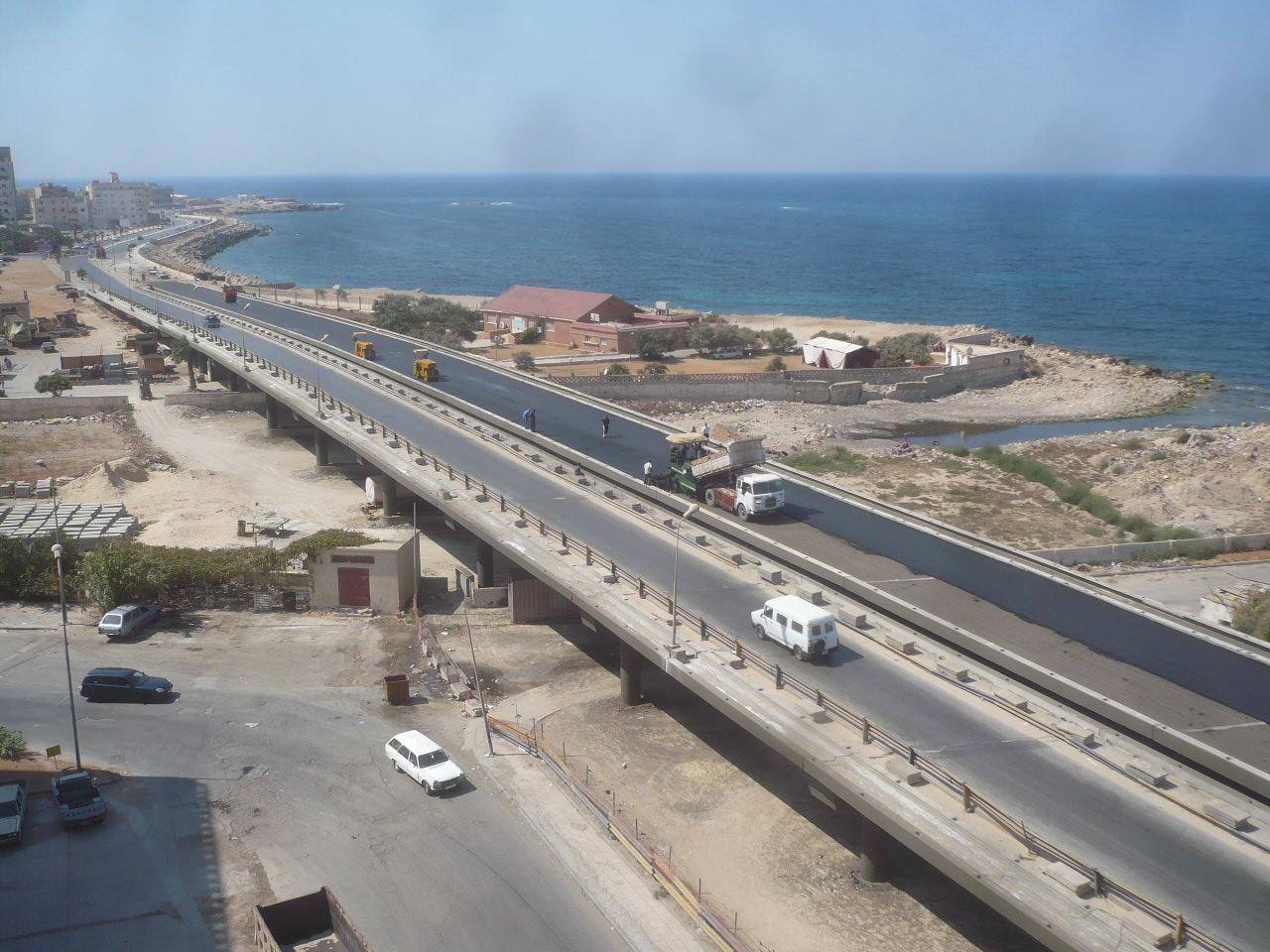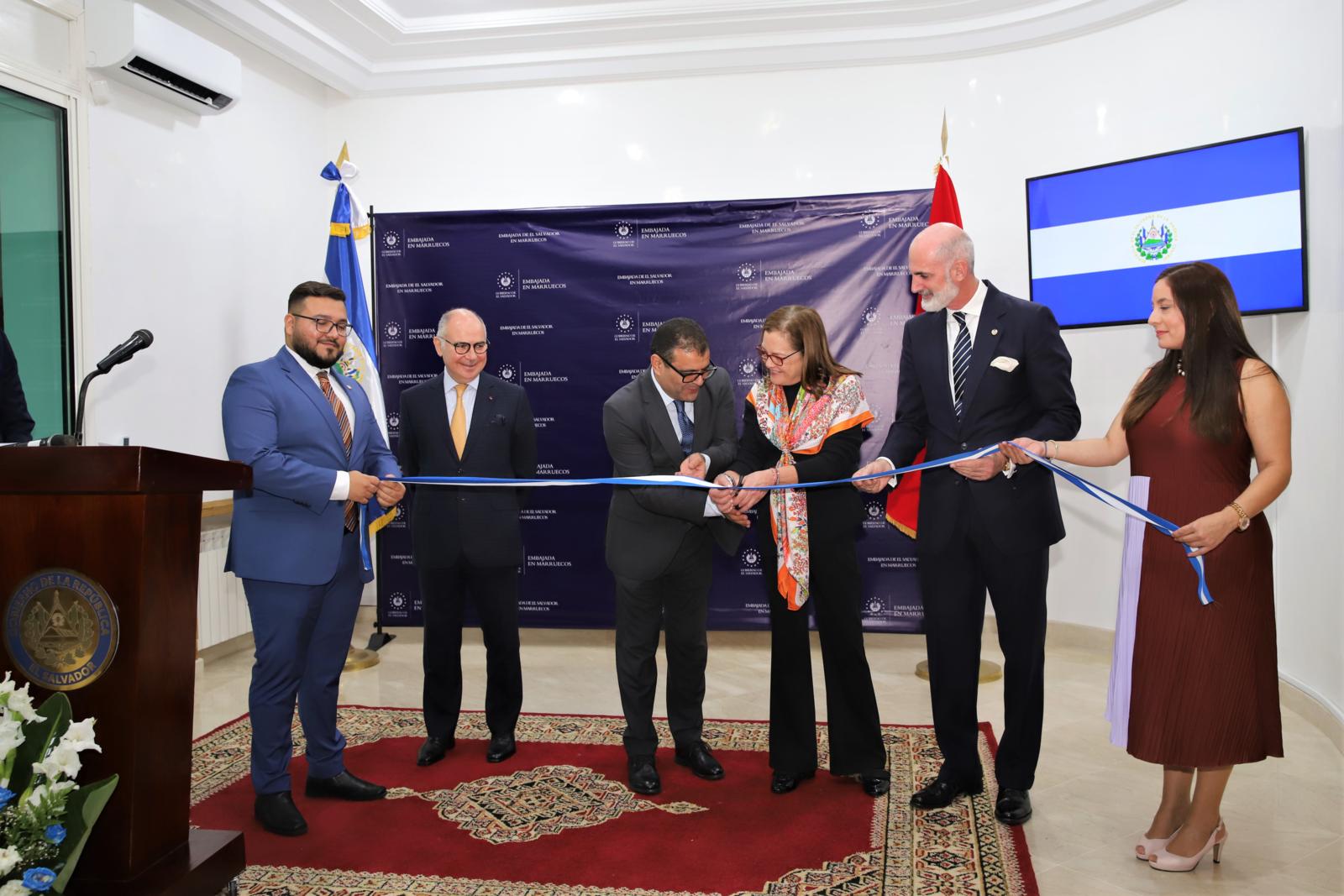Morocco’s Ministry of Equipment and Water has initiated preparatory studies for a major infrastructure project: a 420-kilometer highway connecting Fez to Marrakech via Meknes, Khenifra, and Beni Mellal, with an estimated cost of 28 billion dirhams ($2.8 billion).
This ambitious project aims to strengthen north-central connectivity across the kingdom, serving as a “backbone” to stimulate economic, social, and human exchanges throughout the regions it traverses, according to Minister Nizar Baraka.
The highway will directly serve major economic centers including Fez, Meknes, Beni Mellal, and Marrakech, while also connecting strategic localities such as Khenifra, Mrirt, Azrou, and Kelaat Sraghna, significantly reducing travel times and congestion on the heavily trafficked National Road 8.
Beyond logistical improvements, the project addresses several key objectives: enhancing road safety, reducing regional disparities by facilitating access to services and economic opportunities for isolated areas, and stimulating local economic dynamics in agriculture, tourism, commerce, and logistics.
This infrastructure development also forms part of Morocco’s preparations for co-hosting the 2030 FIFA World Cup with Spain and Portugal, as transportation enhancement becomes increasingly crucial ahead of this global event.
The ministry is currently conducting technical and environmental studies while exploring public-private financing models to ensure the project’s viability. The substantial financial envelope of 28 billion dirhams, confirmed by Baraka in a parliamentary response, requires rigorous resource mobilization from both state and partnership sources.
The highway represents one of Morocco’s most significant national infrastructure projects, designed not merely as a transportation corridor but as a transformative economic development tool connecting diverse regions of the country. By improving accessibility to previously isolated areas, authorities hope to distribute economic benefits more equitably while easing the burden on existing transportation networks.
Implementation timelines and specific financing arrangements are expected to be finalized as the preparatory studies conclude in the coming months.



